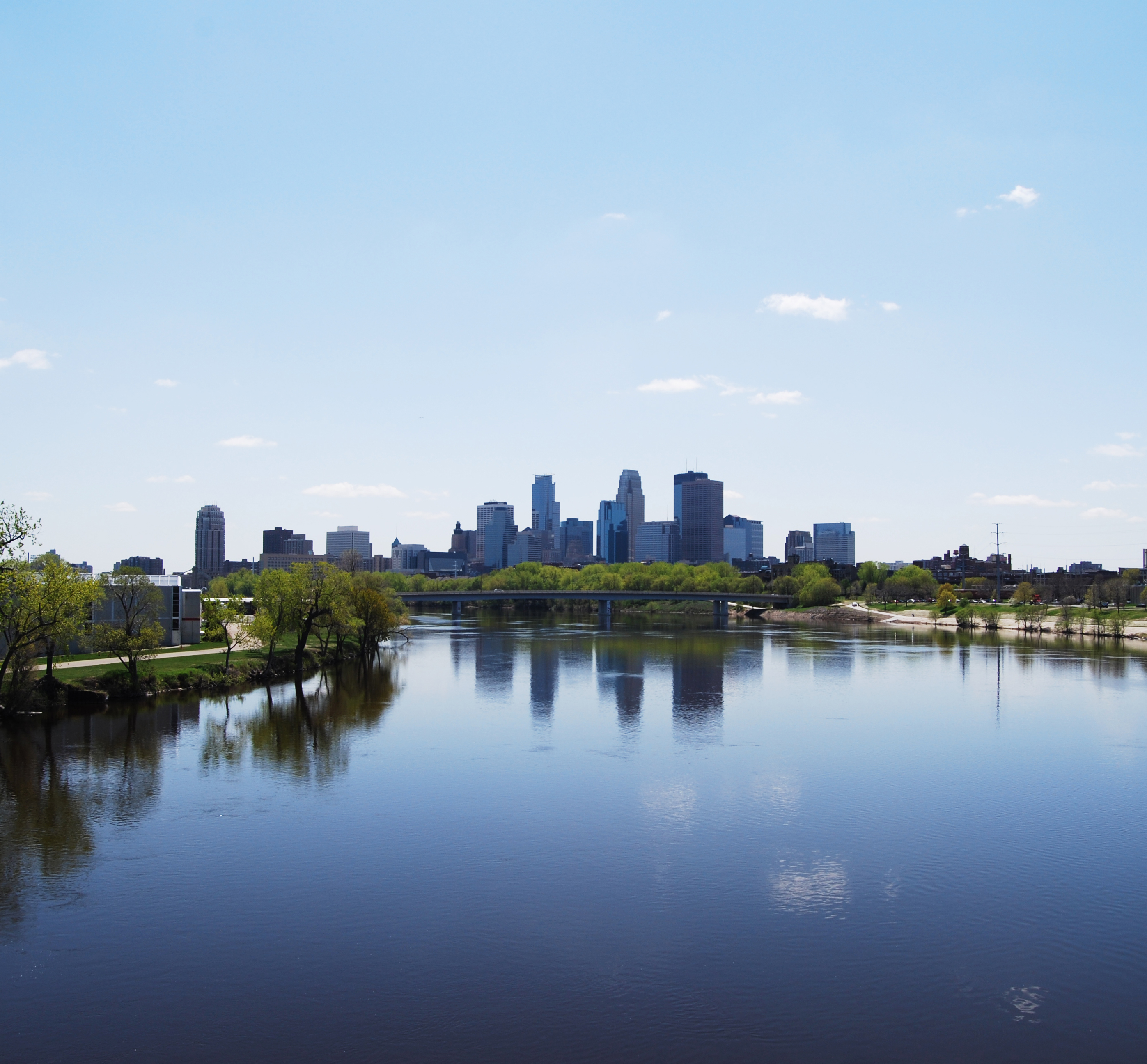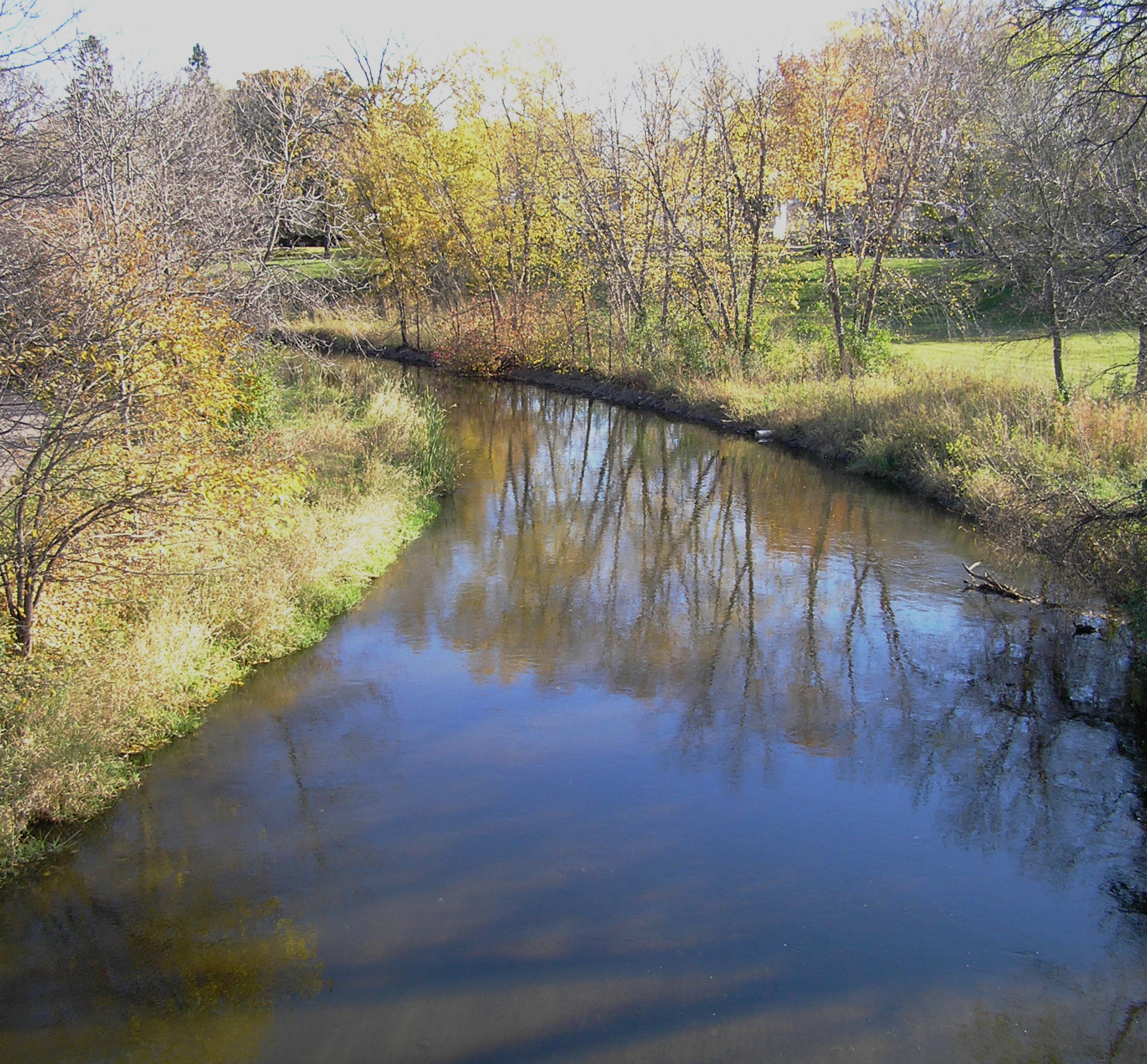POLICY 97
Preserving and Enhancing Public Lakes and Waterways: Ensure ongoing preservation and improvement of the natural and built environment near the city’s lakes and waterways .


The city’s system of public lakes and waterways is a cultural and historic asset unique to Minneapolis. Public access to these assets provides an opportunity for residents and visitors to Minneapolis to gather and enjoy natural amenities in an urban setting. As the city grows and changes, development near lakes and waterways should be designed to preserve and improve the natural and built environment, ensuring that future generations continue to benefit from the resource that we are charged with conserving.
 ACTION STEPS
ACTION STEPS
The City will seek to accomplish the following action steps to ensure ongoing preservation and improvement of the natural and built environment near the city’s lakes and waterways .
- Regulate development of land adjacent to public waters in a manner that preserves and enhances the quality of surface waters while also preserving their economic and natural environmental value.
- Recognize and promote the value of the built environment and landscape as an asset that enhances community identity and a sense of place.
- Develop and explore tools and strategies to recognize and promote properties important to the city’s heritage as valuable assets to the community and the city.
- Consider design approaches that encourage creative solutions for transitions between varying intensities of building types and land uses.
- Regulate the design of new buildings near the city’s lakes and waterways in a manner that recognizes and enhances their unique impact on and contribution to the natural and built environment.
- Regulate setbacks, orientation, pattern, materials, height and scale of new small scale residential buildings in a manner that is consistent with adjacent property.
- Use stormwater regulations to require construction projects to carry out best management practices that effectively improve the character and health of water resources and reduce impairments.
- Increase habitat and natural areas around public stormwater infrastructure and natural water bodies while maintaining and prioritizing stormwater function and controlling invasive species through an integrated pest management program.
- Revise site plan review standards to require soil amendments for all disturbed areas that will be vegetated post-construction.
- Collaborate with watershed management organizations and the Minneapolis Park and Recreation Board on land and water resource planning.
- Design and manage public lands for their highest environmental and ecosystem performance.
- Strive for interconnected environmental corridors and riparian areas as habitat corridors and for flood protection and recreation, and create additional “steppingstone” areas for habitat.
- Manage natural areas in and around surface waters, as well as stormwater ponds and other stormwater treatment facilities, as areas supportive of aquatic and terrestrial ecosystems, habitat, and wildlife, and as flood storage areas.
- Encourage use of bird-safe glass and other building materials and features that are not detrimental to natural ecologies where appropriate.
- Leverage partnerships with the Minneapolis Park and Recreation Board,watershed management organizations, and other partner agencies to implement the Mississippi River Corridor Critical Area Plan (See appendix) and to integrate and coordinate efforts to improve public and ecological functions in the river corridor.

